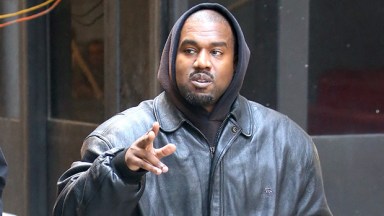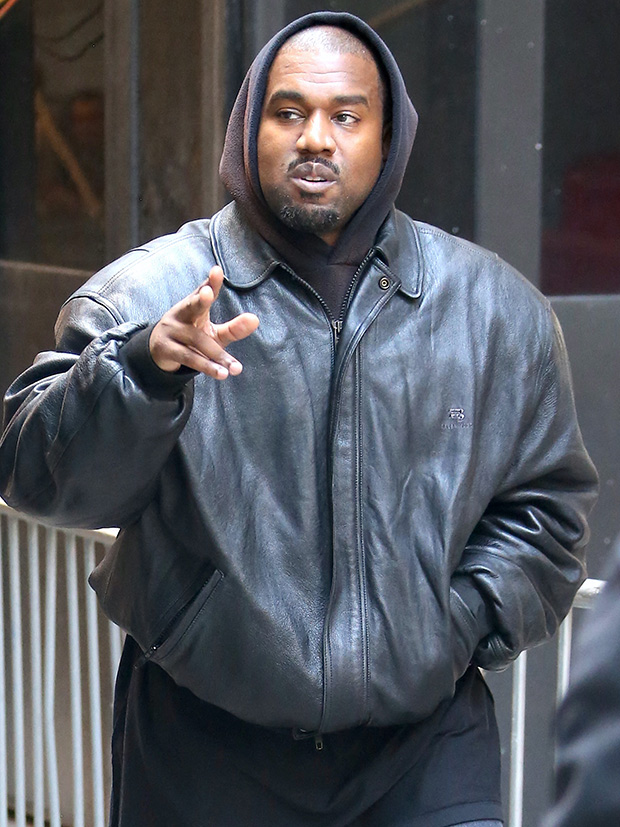
Kanye West, 45, has responded to criticism about his Yeezy Gap collection, which is being sold in trash bags. “I’m an innovator, and I’m not here to sit up and apologize about my ideas,” Ye told Fox News on Thursday, August 18 in his first interview in over six months. This past week, the famous rapper faced backlash for selling his clothes in trash bags rather than on the racks inside stores. Fans criticized Kanye and blamed him for being insensitive to homeless people.

But Kanye stuck to his guns about the trash bag controversy and actually blamed the media (which is something he’s done before) for the backlash. “That’s exactly what the media tries to do. Make us apologize for any idea that doesn’t fall under exactly the way they want us to think,” he told Fox News.
The former husband of Kim Kardashian continued, “This is not a joke. This is not a game. This is not just some celebrity collaboration. This is my life. I’m fighting for a position to be able to change clothing and bring the best design to the people.”
On Aug. 15, one social media user shared a photo of clothing from Kanye’s Yeezy Gap line stuffed inside multiple trash bags on the floor of a Gap store. According to the user, one of the store employees claimed that Kanye got “mad” when they initially had the clothes on the hangers. “They won’t help you find ur size too, you just have to just dig through everything,” the user also claimed.
This is how they are selling Yeezy GAP. The sales associate said Ye got mad when he saw they had it on hangers and this is how he wanted it. They won’t help you find ur size too, you just have to just dig through everything pic.twitter.com/GNd08Zv1zC
— little miss (@owen__lang) August 15, 2022
Before the display made headlines, Kanye took to Instagram to seemingly reveal that the bags were inspired by the homeless. Kanye actually worked at Gap as one of his first job experiences when he was 15 years old. He briefly mentioned the job in his 2004 song, “Spaceship,” and talked about it in a 2015 interview with Paper Magazine. “When I was working at the Gap at 15, I don’t think I had any desire to actually make clothes, but I always felt like that’s what I wanted to be around. I loved the fabrics, I loved the colors, I loved the proportions,” he said.

![Kanye West heads to a meeting in Sherman Oaks after church. Kanye was seen wearing an oversized American flag bomber jacket. 27 Nov 2022 Pictured: Kanye West. Photo credit: @CelebCandidly/ Snorlax / MEGA TheMegaAgency.com +1 888 505 6342 (Mega Agency TagID: MEGA921309_001.jpg) [Photo via Mega Agency]](https://hollywoodlife.com/wp-content/uploads/2015/04/kanye-west-rapper-suspended-twitter-permanently-mega-01.jpg?fit=293%2C440)
